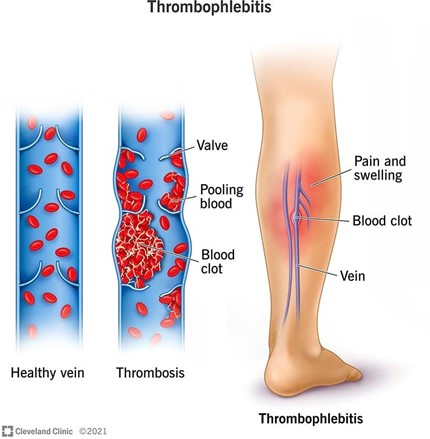Which statements describe a desired patient outcome or expected outcome? (Select all that apply)
Goals that the patient and his family ask the nursing staff to accomplish.
Goals that are set slightly higher than the patient can achieve
Goal statements that are observable and measurable
Goals that the patient should reach as a result of planned nursing interventions
Correct Answer : A
Choice A reason: A desired patient outcome or expected outcome is a goal that the patient and his family ask the nursing staff to accomplish. This ensures that the patient’s needs and preferences are respected and met.
Choice B reason: A desired patient outcome or expected outcome is not a goal that is set slightly higher than the patient can achieve. This would be unrealistic and demotivating for the patient.
Choice C reason: A desired patient outcome or expected outcome is not a goal statement that is observable and measurable. This is a characteristic of a well-writen goal statement, but not a definition of a desired patient outcome or expected outcome.
Choice D reason: A desired patient outcome or expected outcome is a goal that the patient should reach as a result of planned nursing interventions. This shows the link between the nursing process and the patient’s progress.
Nursing Test Bank
Naxlex Comprehensive Predictor Exams
Related Questions
Correct Answer is B
Explanation
Choice A reason: Implementation is a phase of the nursing process that involves carrying out the plan of care and performing the interventions and activities that were planned. It also involves monitoring the client’s response and progress, and documenting the outcomes. The nurse’s actions do not reflect this phase, as they are not performing any interventions or activities, but rather observing and measuring the client’s condition. Therefore, this choice is incorrect.
Choice B reason: Evaluation is a phase of the nursing process that involves measuring the outcomes and determining whether the interventions were effective in resolving or preventing the problem. It also involves comparing the actual outcomes with the expected outcomes, and modifying the plan of care if needed. The nurse’s actions reflect this phase, as they are assessing the client’s leg for signs of improvement or resolution of thrombophlebitis, and noting that the client is ready for discharge. Therefore, this choice is correct.
Choice C reason: Outcomes identification is a phase of the nursing process that involves setting measurable and realistic goals for the client’s health improvement or maintenance. The goals are based on the client’s needs, preferences, and values, and they are developed in collaboration with the client and the nurse. The nurse’s actions do not reflect this phase, as they are not setting any goals, but rather evaluating whether they have been met.
Therefore, this choice is incorrect.
Choice D reason: Assessment is a phase of the nursing process that involves collecting and analyzing data about the client’s health status, history, and environment. It also involves identifying any factors that may affect the client’s health or well-being, and forming a nursing diagnosis. The nurse’s actions do not reflect this phase, as they are not collecting or analyzing any new data, but rather reviewing the existing data and confirming the diagnosis. Therefore, this choice is incorrect.

Correct Answer is ["B"]
Explanation
Choice A reason: Maslow’s hierarchy of needs is a framework for prioritizing human needs, but it is not an organized approach for performing a physical examination. A physical examination should be systematic and comprehensive, not based on subjective preferences or assumptions. Therefore, this choice is incorrect.
Choice B reason: A head-to-toe assessment is an organized approach for performing a physical examination that covers all the major body systems and regions. It allows the nurse to identify any abnormalities or changes in the client’s health status and to document the findings in a consistent manner. Therefore, this choice is correct.
Choice C reason: Subjective data collection is the process of obtaining information from the client about their symptoms, feelings, beliefs, and preferences. It is an important part of the nursing assessment, but it is not an organized approach for performing a physical examination. A physical examination requires objective data collection, which involves observing, measuring, and testing the client’s physical signs. Therefore, this choice is incorrect.
Choice D reason: Review of systems is an organized approach for performing a physical examination that focuses on each body system separately and asks specific questions related to its function and problems. It helps the nurse to elicit relevant information from the client and to detect any abnormalities or deviations from normal. Therefore, this choice is correct.
Whether you are a student looking to ace your exams or a practicing nurse seeking to enhance your expertise , our nursing education contents will empower you with the confidence and competence to make a difference in the lives of patients and become a respected leader in the healthcare field.
Visit Naxlex, invest in your future and unlock endless possibilities with our unparalleled nursing education contents today
Report Wrong Answer on the Current Question
Do you disagree with the answer? If yes, what is your expected answer? Explain.
Kindly be descriptive with the issue you are facing.
